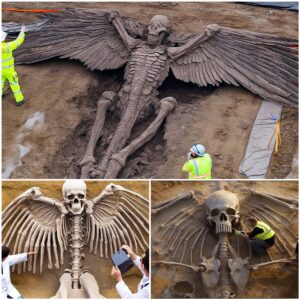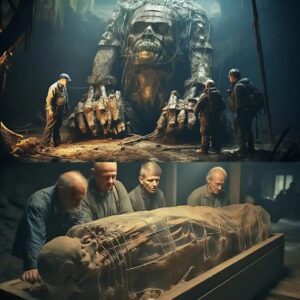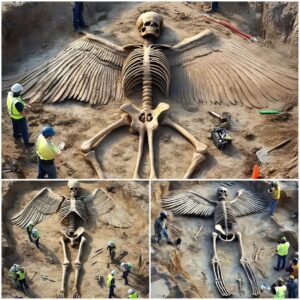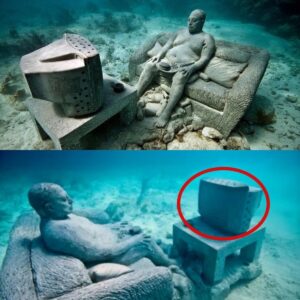The story of human evolution is far more complex than previously thought, and recent discoveries in genetics and archaeology have unearthed intriguing evidence of prehistoric human hybridization. The blending of ancient human species, such as Homo sapiens, Neanderthals, and Denisovans, has fundamentally reshaped our understanding of human ancestry. Alongside these genetic findings, ancient artifacts are providing critical insights into how these early species interacted and evolved, offering clues about the cultural and technological advancements that accompanied these hybridization events.
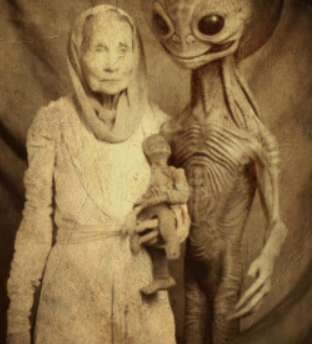
The Discovery of Prehistoric Human Hybridization
For many years, it was believed that Homo sapiens emerged as a distinct species and gradually replaced other archaic human populations. However, advances in genetic research have revealed a different narrative. The analysis of ancient DNA extracted from fossils shows that early modern humans interbred with Neanderthals and Denisovans, two other hominin species that lived during the same period.
Studies of Neanderthal DNA have shown that non-African modern humans carry approximately 1-2% Neanderthal genetic material. Similarly, Denisovan DNA has been found in populations living in Southeast Asia and Oceania, particularly among Melanesians, who possess up to 5% Denisovan ancestry. These findings suggest that interbreeding occurred multiple times as these populations migrated and encountered one another.
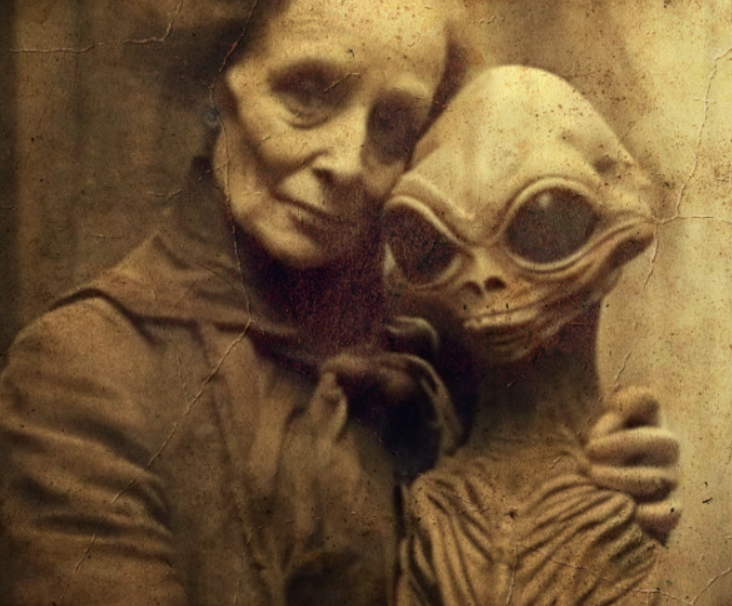
Ancient Objects as Monitors of Evolutionary Progress
Ancient objects not only provide clues about cultural exchange and hybridization, but they also serve as markers of human evolution over time. The progression of tool-making techniques, for example, reflects cognitive advancements in problem-solving, planning, and communication. As early humans developed more sophisticated tools, they were able to hunt more efficiently, build shelters, and survive in diverse environments.

What Artifacts Reveal About Human Hybridization
Artifacts have also played a crucial role in understanding the interactions between different human species during the periods of hybridization. In regions where Homo sapiens and Neanderthals coexisted, archaeological sites have revealed overlapping use of technologies and cultural practices. For instance, some researchers have found evidence that early humans may have adopted Neanderthal tools or even shared techniques, suggesting a level of cultural exchange.
One fascinating example comes from a cave in southern France, where both Neanderthal and early Homo sapiens tools were discovered. The tools show a mixture of techniques from both groups, implying that these populations interacted and possibly collaborated. This raises questions about the nature of their relationships: Were they merely neighbors, or did they share knowledge and work together?



